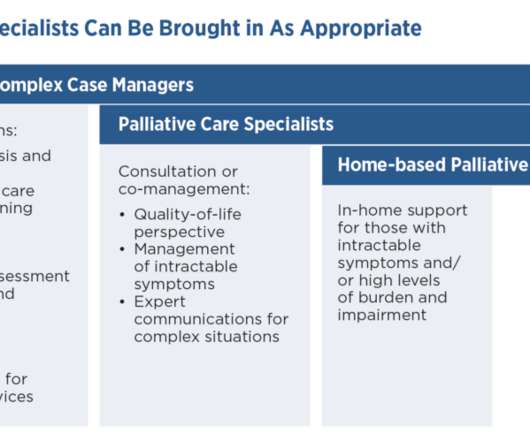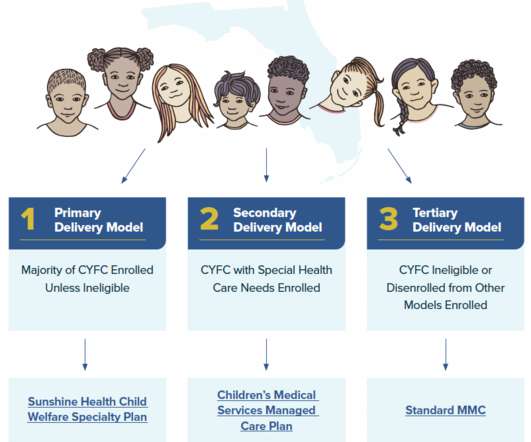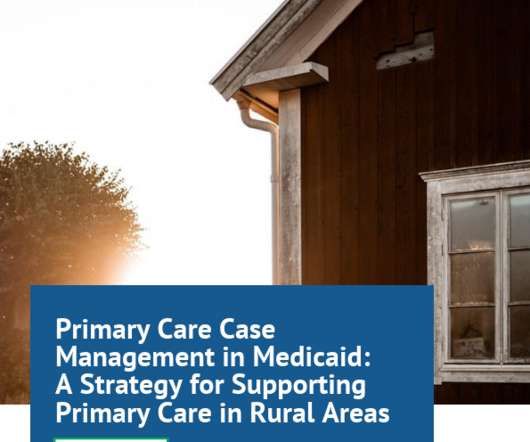Executive Leadership Rounds: 9 Steps to Improve HCAHPS + Staff Engagement & Retention
Readiness Rounds
AUGUST 14, 2023
In hospitals, where patient experience is important and quality of care is non-negotiable, a subtle yet profound practice has emerged as a catalyst for positive change: Executive Leadership Rounds. It's imperative that the practice encompasses all departments, from housekeepers to security officers, accountants and beyond.















Let's personalize your content